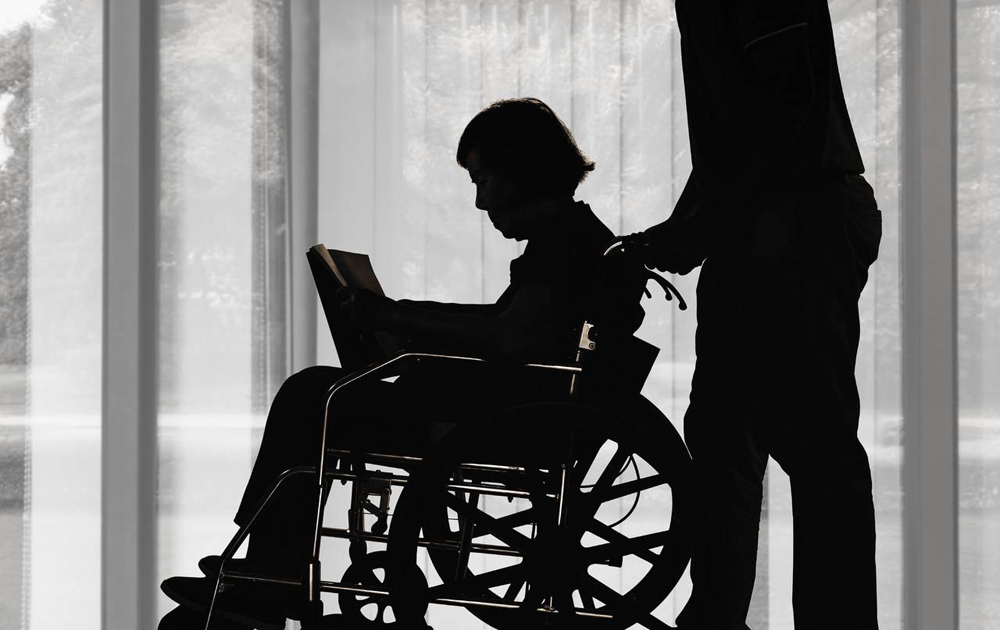Amyotrophic lateral sclerosis (ALS) is a progressive and fatal neurodegenerative disease, also known as ALS, motor neuron disease. The disease does not necessarily affect a patient’s neural activity the way Alzheimer’s does; instead, terminally ill patients can maintain clear thinking, memory and intelligence at all times. ALS involves progressive motor neuron loss, usually paralysis and death within 3–5 years of diagnosis, but there is no cure today, and the use of drugs (riluzole) can prolong life by approximately 2–3 months.
Using support cells and a protective protein that can be delivered across the blood-brain barrier, scientists at Cedars-Sinai Research Center have developed a combined stem cell and An investigational treatment of gene therapy that could potentially protect diseased motor neurons in the spinal cord of ALS patients is a boon for ALS patients.
Astrocytes, which have been shown to support neuronal function, can be defective in ALS and lead to motor neuron death. Studies have shown that healthy astrocytes can protect diseased motor neurons. Therefore, restoring healthy astrocytes by transplantation can alleviate motor neuron damage and delay the progression of ALS disease.
In decades of preclinical research, scientists have transplanted cortically-derived human neural progenitor cells (hNPCs) into the central nervous systems of rodents, pigs, and non-human primates, where the cells are Surviving and differentiating into astrocytes without forming tumors preserves host cell function in models of degenerative disease and aging. However, transplantation of wild-type hNPCs into the lumbar spinal cord of a superoxide dismutase 1 (SOD1) transgenic rat model of ALS did not slow motor neuron death or disease progression. This is supported by other findings and suggests that further nutritional support may be required.
Glial cell line-derived neurotrophic factor (GDNF) is a potent growth factor for dopamine and motor neurons, but it cannot cross the blood-brain barrier. Clinical trials in Parkinson’s disease confirmed the safety of intraparenchymal administration of GDNF. However, in trials of ALS administered subcutaneously and intrathecally, GDNF has poor penetration into the brain and spinal cord, making motor neurons difficult to reach, resulting in poor efficacy. The researchers combined astrocyte replacement with GDNF delivery directly to the spinal cord for cellular and ex vivo gene therapy to protect dying motor neurons.
Unlike individual hNPCs, transplanted hNPCs genetically engineered to stably produce GDNF preserve motor neurons in the lumbar spinal cord of SOD1 rats, which can survive long-term without forming tumors and can be safely delivered to the aging spinal cord, There they can also differentiate into astrocytes and protect motor nerves.
The team developed a novel injection device to safely deliver a stem cell gene product called CNS10-NPC-GDNF into a patient’s spinal cord, followed by preclinical studies of an Investigational New Drug (IND) in rodents and pigs And the first combined stem cell and in vitro gene therapy trial in ALS. This 12-month Phase I/IIa dose-escalation trial of unilateral implantation of CNS10-NPC-GDNF into the lumbar spinal cord of 18 patients with ALS met safety endpoints. Experimental results show that this study shows that this combined cell and gene therapy can safely deliver astrocytes and GDNF to the spinal cords of ALS patients.
Dr. Clive Svendsen, corresponding author of the paper, said: “Using stem cells is an efficient way to deliver important proteins to the brain or spinal cord. Our study demonstrates that engineered stem cell products can be safely transplanted into the human spinal cord after a single treatment. Afterwards, these cells survived and produced an important protein that protects motor neurons that would die from ALS for more than three years.”









